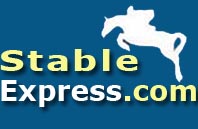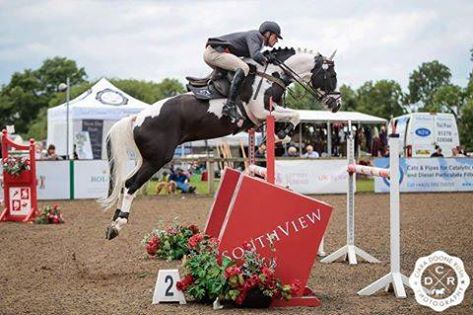John Henry
John Henry (March 9, 1975 – October 8, 2007) was an American Thoroughbred race horse who had 39 wins, with $6,591,860 in earnings. He was twice voted the Eclipse Award for Horse of the Year in 1981 and 1984, with his 1981 selection is the only one whereby the victor received all votes cast for that award. John Henry was also listed as #23 - Top 100 U.S. Racehorses of the 20th Century.He was named after the folk hero John Henry. As a colt, John Henry had a habit of tearing steel water and feed buckets off stall walls and stomping them flat. This reminded his then-owners of the legendary John Henry, who was known as a "steel-drivin' man". He was gelded both for his temperament as well as his lack of good breeding. A Golden Chance Farm foal, John Henry was from breeding that might best be described as plebeian. His sire, Ole Bob Bowers, once sold for just $900 and was not in much demand by breeders. His dam, Once Double, was an undistinguished runner and producer, but was sired by Double Jay, a brilliantly fast graded stakes race winner who had proven to be a useful broodmare sire.
John Henry was sold as a yearling for $1,100 at the Keeneland January Mixed sale to John Calloway who is credited with giving John Henry his name. Besides being back at the knee (a flaw in conformation that generally makes a long racing career unlikely), undersized, and plainly bred, John Henry had bumped his head in his stall just before being led to the ring, bloodying his face.
He had a series of trainers, making his mark as a workmanlike racehorse who earned money in minor stakes, allowance races, and mid-level claiming races. One such allowance race took place at Saratoga Race Course on August 8, 1978. The race is of note in that John Henry finished behind Darby Creek Road who won in a track record time of 1:20 2/5 for seven furlongs. Also of note was the fact that unknown to all attending that day, the race card featured two future National Museum of Racing and Hall of Fame horses.
In 1978, New York City businessman Sam Rubin and his wife Dorothy paid $25,000 sight unseen for the then three-year-old John Henry. Racing under the Rubin's Dotsam Stable banner, he was first conditioned by trainer Robert Donato, a former policeman, who first saw his grass potential. Under him John Henry went on to win 6 of 19 starts and $120,000, starting the year as a cheap claimer and finishing it as a stakes winner. The following year, they had a disagreement on policy and parted ways and John Henry was given to a new trainer, Lefty Nickerson. Under him he won 4 of 11 races in 1979 but when the grass season was over in New York so Rubin decided to send him to California. Nickerson suggested his good friend Ron McAnally as trainer. Under McAnally, John Henry blossomed and won six stakes races in a row and his popularity began to grown. Initially the plan was to keep him under McAnally out west and Nickerson in the east, but eventually this was scrapped and McAnally had him full time. Because they were such good friends, Nickerson agreed to this and McAnally voluntarily gave him half of his 10% trainer's share of John Henry's earnings.
Racing through the age of nine, John Henry became a force to be reckoned with in handicap and turf stakes races. He won the 1981 Santa Anita Handicap and repeated in 1982 after Perrault was disqualified. He is one of only three horses with back-to-back victories in the race's 72 year history. He also twice won the Arlington Million Stakes, and won three renewals of both the Hollywood Invitational Handicap and the Oak Tree Invitational Stakes, two Grade I turf stakes in Southern California. He also proved his class by winning one of America's most important races for older horses, the 1981 Jockey Club Gold Cup at Belmont Park, at 1½ miles on the dirt. This victory clinched his first Horse of the Year title.
A bronze statue called "Against All Odds," created by Edwin Bogucki, stands on a balcony overlooking the paddock at Arlington Park. It commemorates one of John Henry's most thrilling, as well as controversial, finishes. 1981 was the inaugural Arlington Million and two horses, John and an Irish 5 year-old named The Bart, came sweeping home almost as one horse. Virtually everyone watching, including the racing judges, was sure The Bart had beaten a charging John Henry. They were wrong. John won by a lip.
In the 1981 Oak Tree Invitational, Spence Bay blew by him in the stretch, and again he gamely came back to win.
On December 11, 1983, he became the first racehorse to surpass $4 million in career earnings when he won the Hollywood Turf Cup Stakes with jockey Chris McCarron at Hollywood Park Racetrack.
John Henry's last race, the 1984 Ballantine Scotch Classic at the Meadowlands, was a memorable one. As he took the lead in the stretch, Meadowlands track announcer Dave Johnson exclaimed, "And down the stretch they come! The old man, John Henry, takes command!" He pulled away to his 39th career victory and his second Horse of the Year title. The final time of 2:13 equaled (at the time) the track record for 1? mile.
John Henry, despite coming off a four race win streak in 1984, was not initially pointed to the inaugural running of the Breeders' Cup, the richest single day of horse racing in the world, which was to be held November 10, 1984 at Hollywood Park.
Only a relatively late decision in October was made to supplement John Henry to the 1½ mile $2 million USD Turf Cup. Because his sire was never nominated to the BC, owner Sam Rubin had to supplement 20% of the total purse. A check for $133,000 USD was due October 30, 1984 and the balance $267,000 USD to be paid the first week of November. Rubin was quoted as saying ''It's a stupid thing to do. I'm doing it for the horse, for the jockey, for the trainer. I could have done without it. I hope he comes out of the race healthy; that's what I hope.
He was found to have a strained ligament in his left foreleg within days and the decision to scratch him from the BC was made by Rubin and ultimately he never returned to the track.
His final race record stood at 83 starts, 39 wins, 15 seconds, and 9 thirds with $6,497,947 in earnings. He was twice voted the Eclipse Award for Horse of the Year in 1981 and 1984, of which his 1981 election is notable in that it remains the only one whereby the victor received all votes cast for that award. In the annals of racing, John Henry earned his place of greatness through toughness, tenacity and hard work rather than intrinsic brilliance.
It wasn't until June 21, 1985, that owner Sam Rubin made the decision to retire John Henry, age 10, when he injured a tendon during a workout at Hollywood Park on July 19, 1985. He was subsequently unretired in a comeback bid but never returned to racing and retired a second time.
Rubin sent the gelding to the Kentucky Horse Park in Lexington in 1985 to live. No doubt because he was a gelding, but also because he was difficult to handle. On more than one occasion, John Henry bit his owner, or anyone else within reach. The acquisition of John Henry was seen as a major coup for the park, since several tracks in California sought to host John Henry in retirement, and Rubin had thought about retiring him on the East Coast. The Kentucky Horse Park was able to win out because the former president of the Keeneland racing and sales operation in Lexington, Ted Bassett, persuaded McAnally to intercede with Rubin. John Henry's arrival at the park was the catalyst for gathering the first group of horses that would share the Hall of Champions with him. Today, the Hall houses many other retired champions, such as Cigar and Da Hoss.
John Henry lived at the park for only seven months before Rubin announced he would return him to training May 1, 1986. At the age of 11, he was in training for a comeback until a "recurring leg ailment" flared up in August 1986. Ron McAnally had been planning for John Henry's comeback in the Ballantine Classic at the Meadowlands September 3, 1986, (the same race John Henry won in his last outing in October 1984) and retired him a second time on August 12, 1986. He returned to the park, where he spent the rest of his life.
John Henry had many quirks that endeared him to his followers, not the least of which was the habit of turning towards the tote board after a victory as if checking the time of the race, or possibly the payoff. Regular rider Chris McCarron often described him as very smart, commenting: "I'm just along for the ride." McAnally also attributed his career to his soundness, noting him to step over rocks on the way to his morning exercise. John Henry also once was determined to get to the winner's circle after losing a race, dragging his groom to get there.
John Henry, in the view of many followers of thoroughbred racing, was one of the best come-from-behind horses (or "closers") in recent history. In The Blood-Horse ranking of the top 100 U.S. thoroughbred champions of the 20th Century, he was ranked #23.
John Henry was inducted into the National Museum of Racing and Hall of Fame in Saratoga Springs, New York in 1990.
John Henry was euthanized at 7:05 pm EDT (2305 UTC) on October 8, 2007 at the age of 32. He had developed serious kidney problems in August 2007, while Central Kentucky was experiencing a heat wave. On October 6, he stopped responding to veterinary treatment, and the decision was made to put him down. Many who worked with him had the chance to say their goodbyes, most notably McCarron, who was notified of the decision to euthanize at 4:30 pm, arrived at the park at 5:30, and stayed with him until shortly before the veterinarian arrived.[2]
He was buried on the night of his passing in front of the Hall of Champions, at a spot in front of his paddock. A memorial service was held at the park on October 19.
Above him there is a stone inscribed with the memorable poem of "If tears could build a stairway, and memories a lane, I'd walk right up to Heaven, and bring you home again." There is also a statue of him standing proudly, looking like he was staring at the enormous crowds that flocked to see him wherever he was. Engraved forever under it are the words that once described his classic brilliance in his Arlington Million win: "John Henry, A Living Legend."
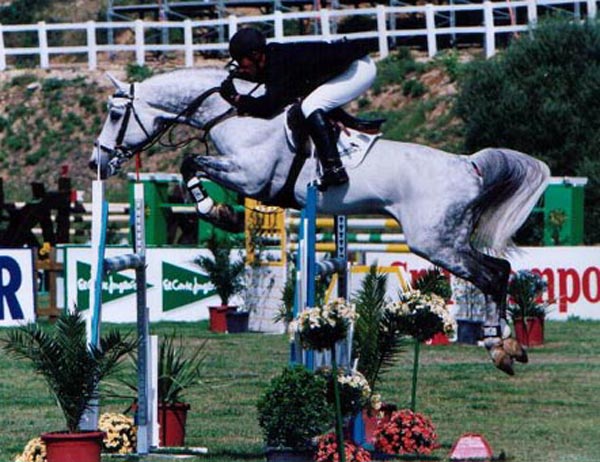
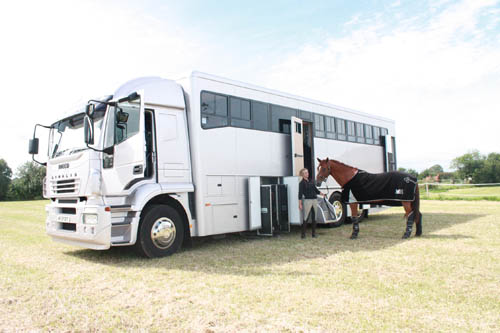
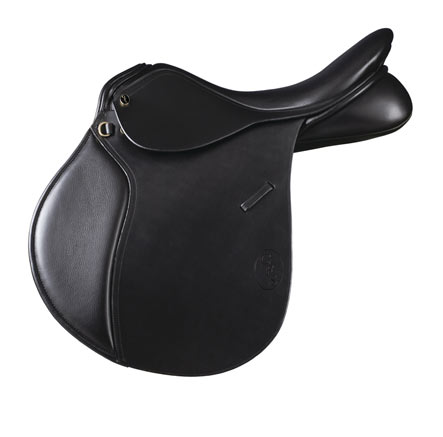
Mark Todd Heavyweight Stable Rugs Pictures | Stable Construction | Event Horses | Event Horses | Horse Websites
